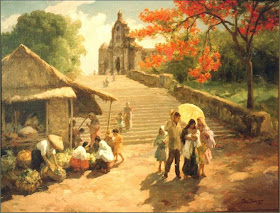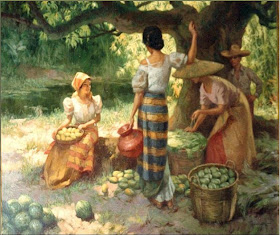
The Puerto Prinsesa Subterranean River National Park is one of the beautiful places to visit in Philippines. It is located in 50 kilometers north of Puerto Prinsesa, Palawan. The main feature of the park is the 2nd longest underground river named as Saint Paul Underground River which is 8.2km in length. Inside the caves, different formations of beautiful stalagmites and stalactites are present.
The area also represents a habitat for biodiversity conservation. The site contains a full mountain-to-the-sea ecosystem and has some of the most important forests in Asia. The researchers identified 800 plant species, 165 species of birds, 30 species of mammals and 19 species of reptiles.
In 1999, the park was considered in the list of UNESCO World Heritage Site. The underground river was also included in top 28 finalists in 8 wonders of the world.
Outside the underground river:
Inside the underground river:
 |
The Puerto Prinsesa Subterranean River National Park is one of the beautiful places to visit in Philippines. It is located in 50 kilometers north of Puerto Prinsesa, Palawan. The main feature of the park is the 2nd longest underground river named as Saint Paul Underground River which is 8.2km in length. Inside the caves, different formations of beautiful stalagmites and stalactites are present. The area also represents a habitat for biodiversity conservation. The site contains a full mountain-to-the-sea ecosystem and has some of the most important forests in Asia. The researchers identified 800 plant species, 165 species of birds, 30 species of mammals and 19 species of reptiles. In 1999, the park was considered in the list of UNESCO World Heritage Site. The underground river was also included in top 28 finalists in 8 wonders of the world. |
Outside the underground river:
 |


























































































